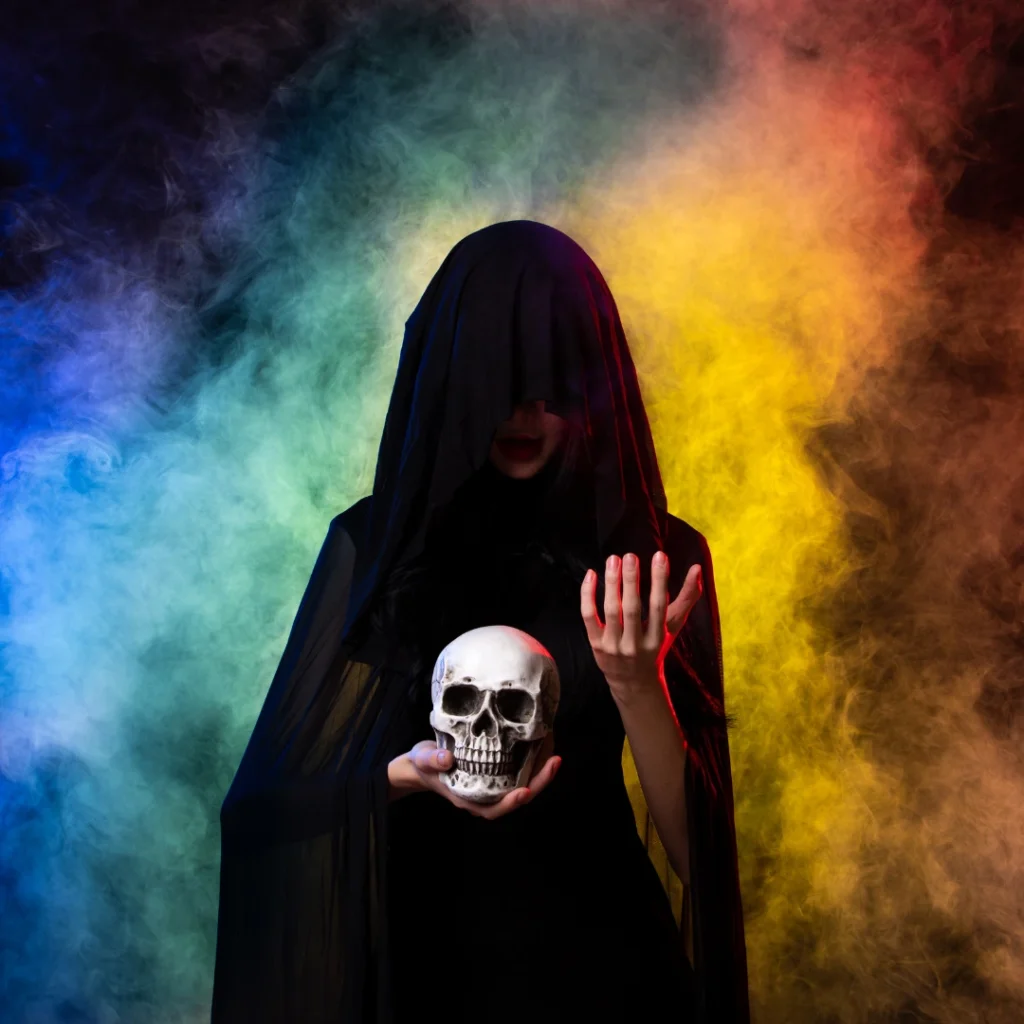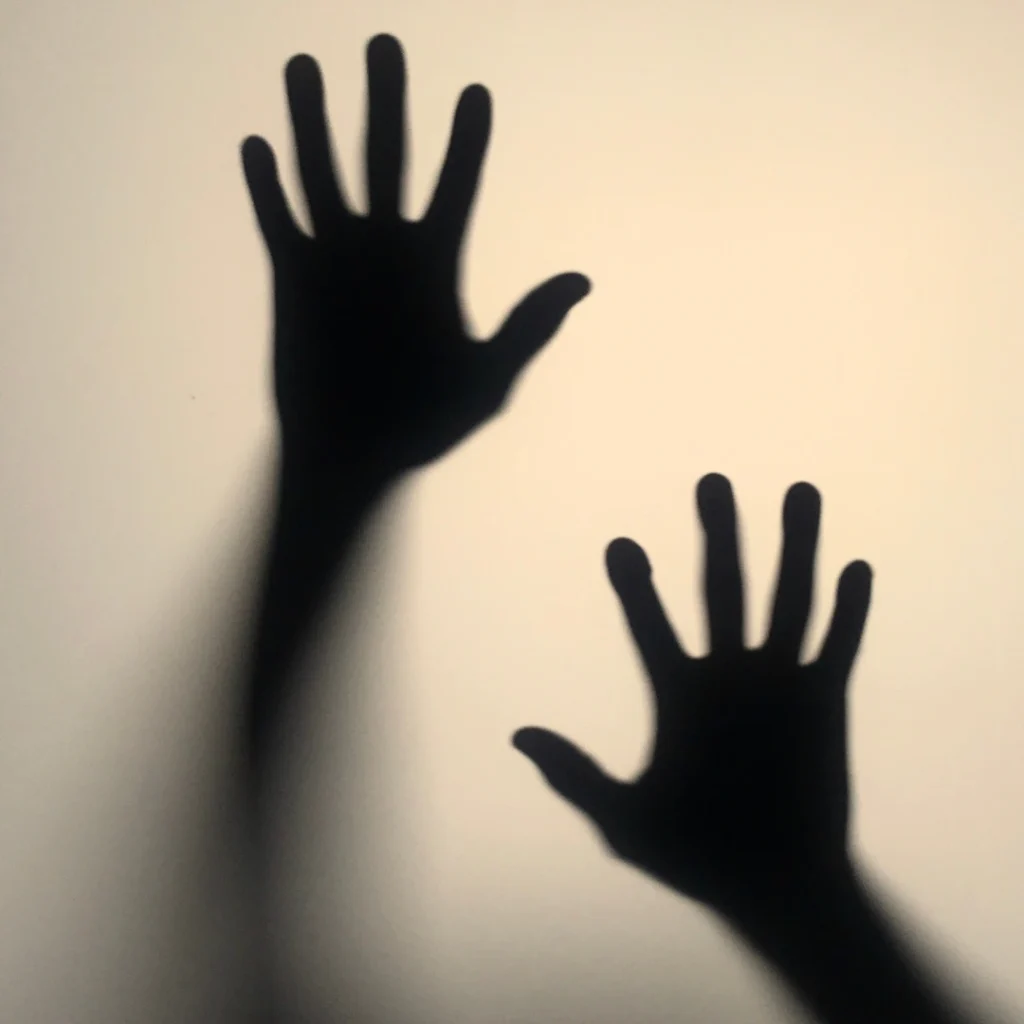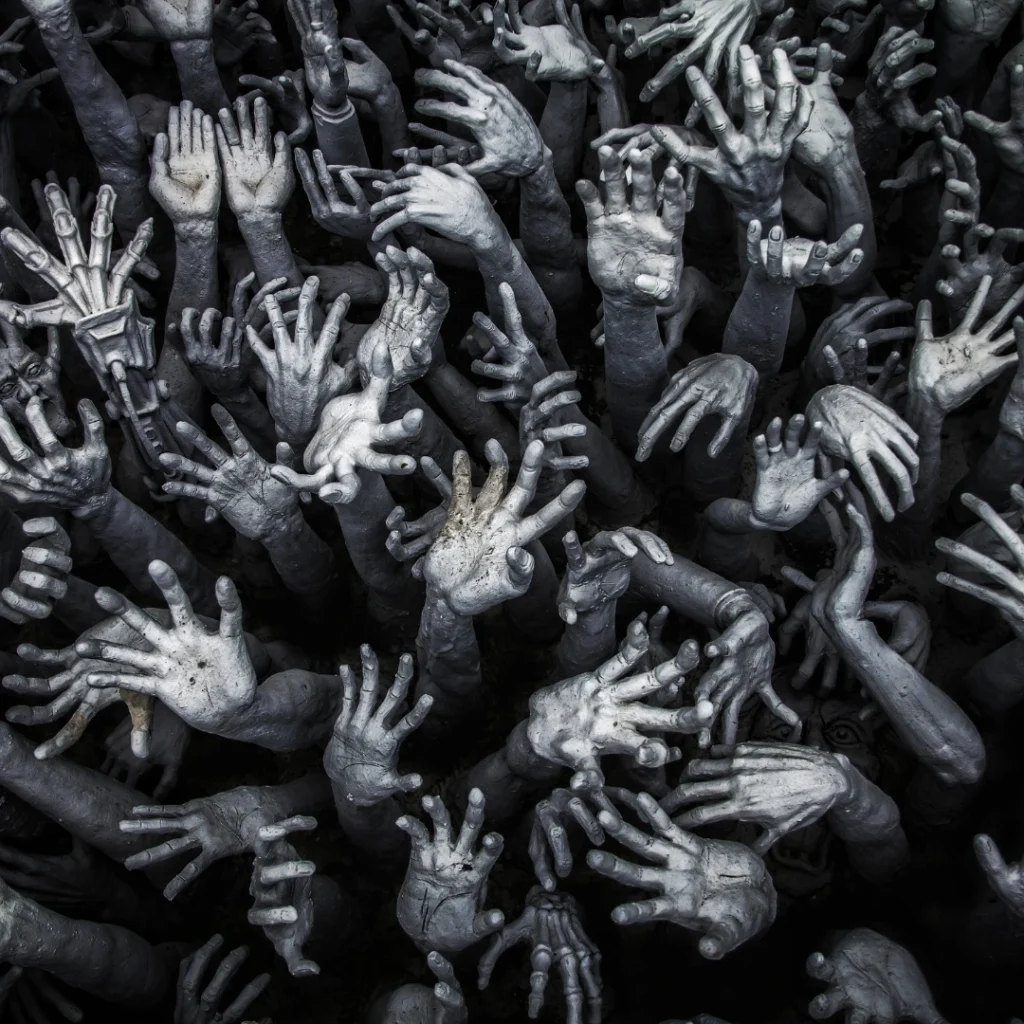Table of Contents
Music has the power to evoke emotions, and nothing sets a chilling atmosphere quite like spooky music. Whether it’s for horror movies, haunted house soundtracks, or eerie video games, composers use specific musical keys to create a sense of mystery and fear. But what keys are used to make spooky music? In this blog, we’ll explore the scales, chords, and techniques that contribute to the spine-chilling essence of eerie music.
The Science Behind Spooky Music
Before diving into the exact keys used to make spooky music, it’s important to understand why certain sounds feel unsettling. Our brains associate dissonance, minor scales, and unresolved harmonies with tension and fear. This is why horror movie soundtracks often use specific musical keys and techniques to create an eerie atmosphere.

What Keys Are Used To Make Spooky Music?
1. D Minor – The Classic Spooky Key
D Minor is often considered one of the best answers to what keys are used to make spooky music. This key is known for its somber and melancholic feel. Many famous horror soundtracks utilize D Minor to create a haunting effect. For example, Johann Sebastian Bach’s Toccata and Fugue in D Minor is one of the most recognizable spooky compositions.
2. C Minor – Dark and Mysterious
Another common answer to what keys are used to make spooky music is C Minor. This key creates a dark and mysterious atmosphere, often used in gothic and horror compositions. It’s been used in numerous horror scores, including the Phantom of the Opera.
3. A Minor – Eerie Yet Versatile
A Minor is another key that lends itself well to creepy music. The lack of sharps and flats makes it easy to use in various eerie compositions. Many horror soundtracks make use of A Minor to establish suspenseful melodies.
4. B Minor – Tension and Unease
B Minor is often associated with sadness and despair, making it an excellent choice when looking at what keys are used to make spooky music. It provides a deeper, more intense sense of fear and is used frequently in thriller and horror genres.
5. E Minor – Haunting and Suspenseful
E Minor is a popular choice for eerie music, often found in haunted house soundtracks and psychological thrillers. It delivers an unsettling feeling while maintaining a sense of musical flow.
6. G Minor – A Favorite in Horror Films
G Minor is frequently used in horror movie soundtracks. It has a dark and brooding quality that makes it perfect for eerie compositions.
Chords And Scales That Enhance Spooky Music
Apart from knowing what keys are used to make spooky music, using the right chords and scales is essential. Here are some of the most common ones:

The Diminished Scale
This scale consists of alternating whole and half steps, creating an unsettling dissonance. The diminished scale is often used in horror music to enhance tension.
The Harmonic Minor Scale
One of the most effective scales in spooky music is the harmonic minor scale. This scale features a raised seventh note, giving it a haunting and exotic feel.
The Phrygian Mode
The Phrygian mode is frequently used in dark and ominous compositions. It has a flattened second note that creates an eerie and unsettling sound.
Diminished Chords
Diminished chords consist of minor third intervals stacked on top of each other, producing a dissonant and suspenseful sound. They are commonly used in horror scores.
Tritones (The Devil’s Interval)
The tritone is an interval of three whole steps that creates an extremely unsettling sound. It was historically known as diabolus in musica (the devil in music) and is heavily used in horror music.
Techniques For Composing Spooky Music
Beyond understanding what keys are used to make spooky music, composers use various techniques to create eerie atmospheres:

1. Slow, Creeping Melodies
A slow tempo with a gradually building melody can create suspense and fear.
2. Unexpected Key Changes
Sudden shifts from one key to another can create a jarring effect that unsettles the listener.
3. Dissonance and Cluster Chords
Playing multiple notes that are very close together results in dissonance, making the music feel eerie.
4. Whispering and Breathy Sounds
Adding whisper-like instrumental effects can add an extra layer of spookiness.
5. Repetition with Variation
Repeating a haunting melody with slight variations builds a sense of anticipation and fear.
Famous Examples Of Spooky Music
Now that we know what keys are used to make spooky music, let’s look at some famous examples:
- Bach’s Toccata and Fugue in D Minor (D Minor)
- Beethoven’s Moonlight Sonata (First Movement) (C# Minor)
- Tubular Bells (Theme from The Exorcist) (A Minor)
- Hedwig’s Theme from Harry Potter (John Williams) (E Minor)
- Psycho Shower Scene Score (Bernard Herrmann) (Dissonant Chords)
Conclusion
By understanding what keys are used to make spooky music, you can create chilling compositions that send shivers down the listener’s spine. Whether you’re composing for a horror film, a Halloween event, or just want to explore eerie sounds, using the right keys and techniques will help you achieve the perfect spooky atmosphere.
Stay Connected With DV8 Sound On Social Media
Music is more than sound it’s a way to connect and share emotions. If you’ve enjoyed learning how music can uplift your mood and want to explore more beats, sounds, and behind-the-scenes creativity, we’d love for you to join us on our journey. Follow DV8 Sound on social media to stay updated on our latest tracks, blogs, and music tips.
👉 Follow us on Facebook: DV8 Sound
👉 Follow us on Instagram: @DV8Sound
Join the community, share your thoughts, and let’s keep the rhythm alive together!
Our Latest Blogs
How DV8 Sound Can Change Your Mood With The Power Of Beats And Rhythms
How To Make A Rapper In Infinity Craft Bring Your Hip-Hop Vision To Life!
What Old Rap Song Has A Lot Of Bass?
Rapper With The Most Unique Words A Deep Dive Into Lyrical Mastery
What Genre Of Music Blew Up In The 1960s?
Free Music Streaming Platforms To Upload Music
FAQs About What Keys Are Used To Make Spooky Music
1. What is the scariest key in music?
D Minor is often considered the scariest key due to its melancholic and eerie sound. However, G Minor and B Minor are also frequently used in horror music.
2. Why does minor key music sound spooky?
Minor keys contain intervals that create tension and dissonance, making the music sound unsettling and eerie.
3. How do I make my music sound spooky?
Using minor keys, diminished chords, tritones, and slow creeping melodies can make your music sound spooky.
4. Can major keys be used for spooky music?
While major keys are usually associated with happy music, composers can use them in unsettling ways by adding dissonance and unexpected shifts.
5. What instruments are best for spooky music?
Pianos, organs, strings, and synthesizers are commonly used in spooky music compositions.
6. How do horror movie composers create suspense?
They use slow builds, dissonance, unexpected key changes, and eerie sound effects to create suspense.
7. What is a tritone and why is it scary?
A tritone is an interval of three whole steps that creates a harsh, dissonant sound. It has been historically associated with eerie and unsettling music.
8. What is the best key for Halloween music?
D Minor, G Minor, and C Minor are among the best keys for creating Halloween-themed music.
9. What are some good spooky music scales?
The harmonic minor scale, diminished scale, and Phrygian mode are excellent for creating spooky music.
10. Can I create spooky music with digital instruments?
Yes! Digital instruments and synthesizers can be used to add eerie effects and enhance spooky compositions.
